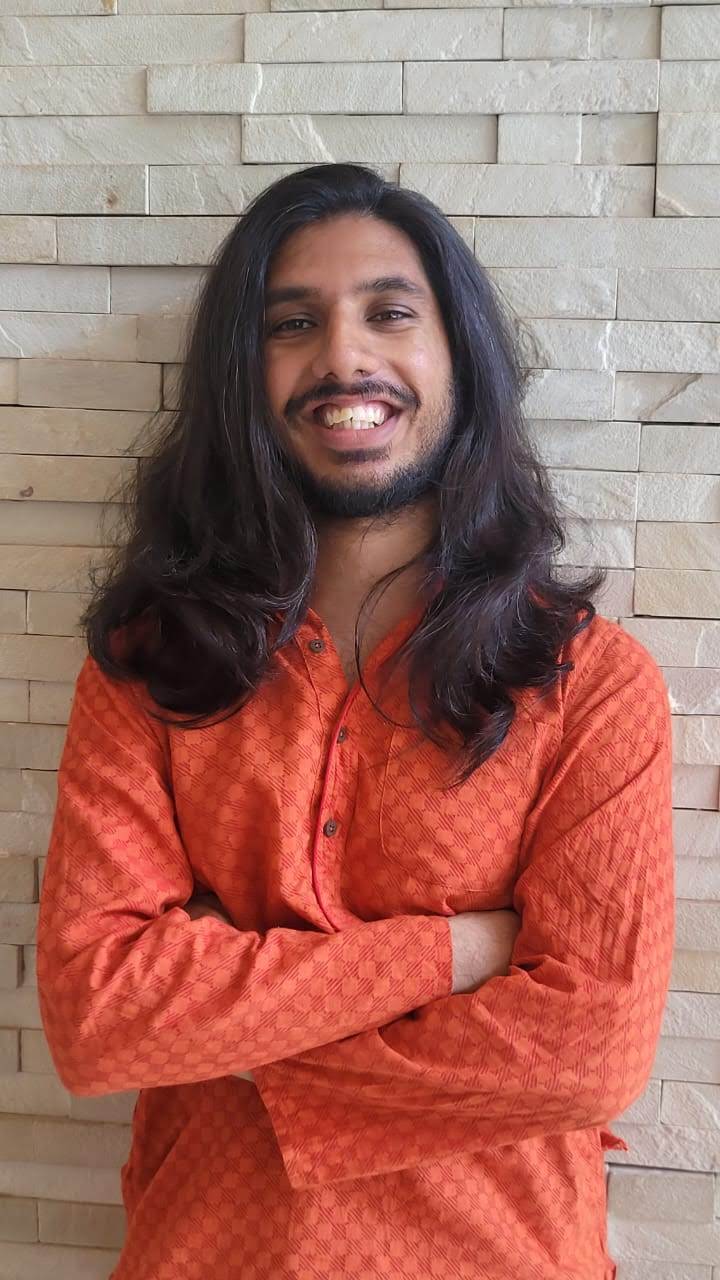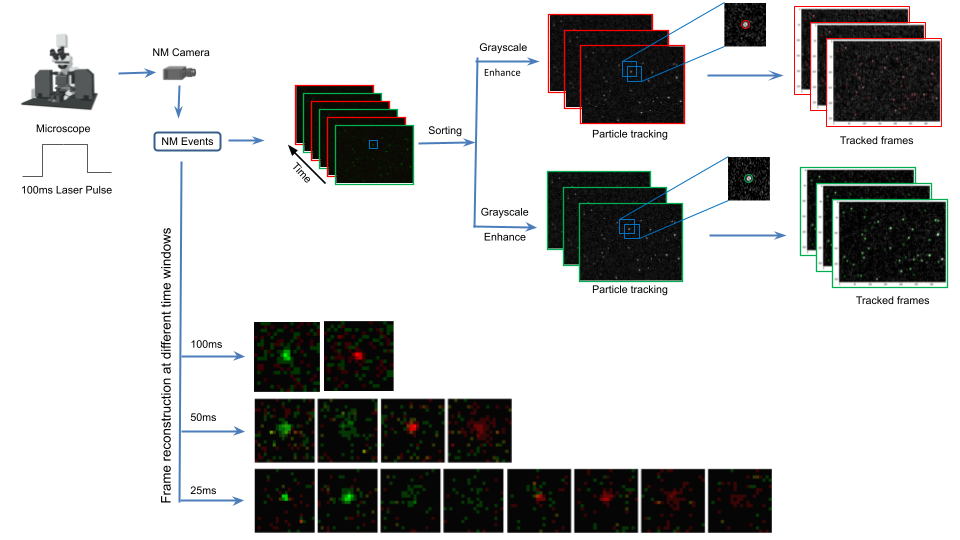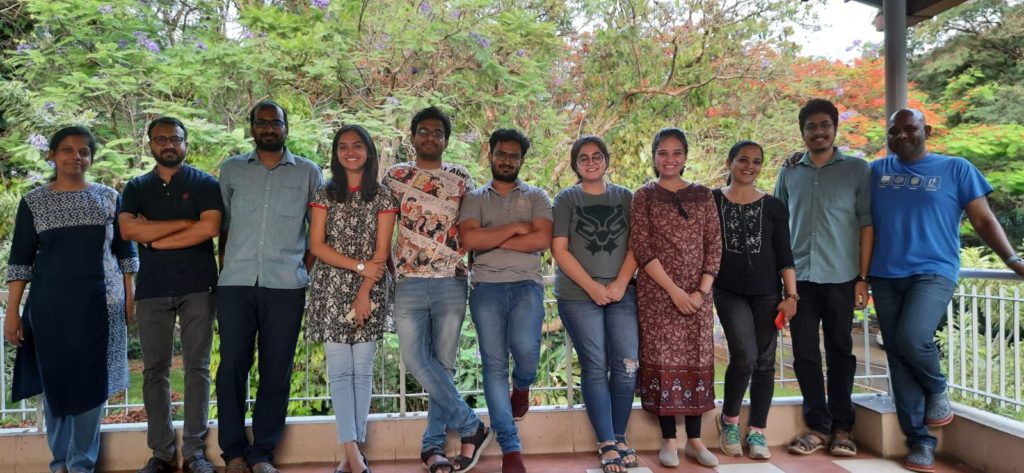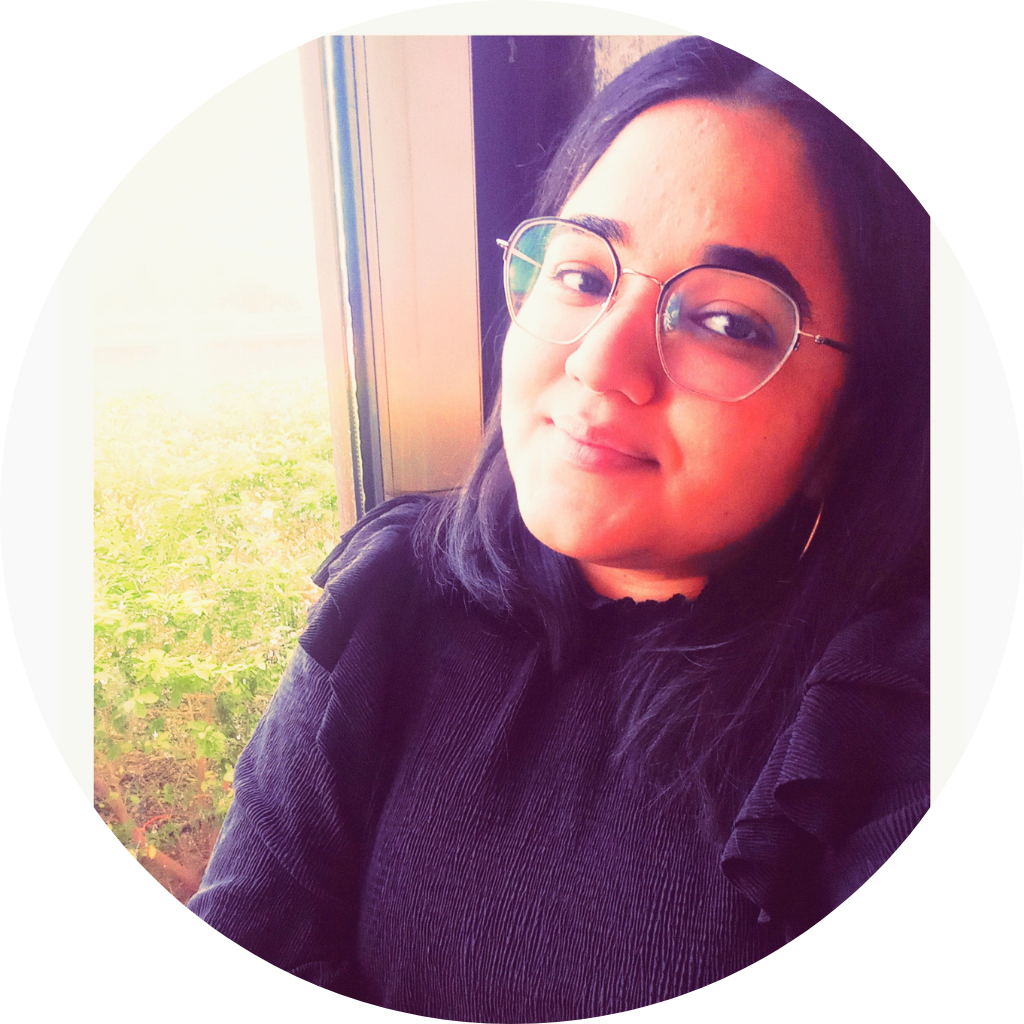About author
Rohit Mangalwedhekar is a master’s student at the Department of Atomic and Molecular Physics, Manipal Academy of Higher Education. He is currently working on his master’s project with the Nano-org Lab headed by Dr. Deepak Nair at the Centre for Neuroscience, Indian Institute of Science. His work involves improving the spatial and temporal resolution of microscopy using neuromorphic sensors and image processing algorithms. Outside the lab, he likes to photograph food, wildlife, and the night sky. He loves playing chess with his lab mates and having conversations over sushi and ramen.



